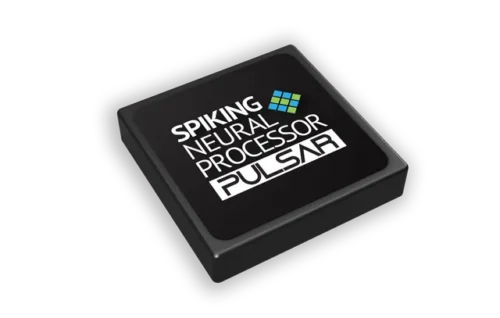The chip utilises brain-like technology to process sensor data on the device, reducing power consumption and latency and enabling devices to operate faster.

Innatera has launched Pulsar, its first microcontroller based on neuromorphic computing. The chip utilises Spiking Neural Networks (SNNs), which mimic the way neurons respond to changes in input. Pulsar also includes a RISC-V CPU and hardware accelerators for convolutional neural networks (CNNs), and fast Fourier transforms (FFTs), supporting mixed AI processing.
Built for edge computing, Pulsar processes sensor data at the source. It can perform radar-based presence detection using 600 µW and audio scene classification at 400 µW. The chip has a low memory requirement and supports compact neural models, making it suitable for use in small and battery-powered devices.
Unlike AI processors that depend on cloud servers or high-power edge chips, Pulsar supports local decision-making. By handling data at the sensor level, it removes the need for frequent cloud communication or regular use of the main processor. This reduces latency—up to 100 times—and power use—up to 500 times—compared to current alternatives.
The neuromorphic architecture works well for event-driven tasks, such as detecting changes or classifying inputs. Since SNNs activate only when input changes, they use less energy during inactive periods. Pulsar’s design supports a mix of signal processing and learning tasks on one chip.
The chip enables developers to add processing capabilities to regular sensors, transforming them into standalone modules. This lowers the number of system parts, reduces development time, and eases integration.
With Pulsar, systems in wearables, homes, vehicles, and machines can respond quickly without constant power draw or the use of separate processors. In certain setups, Pulsar can assume the role of the main processor, saving energy and reducing costs.
Local processing with Pulsar also helps reduce delays and protect data, as information does not leave the device. This is particularly useful for applications such as health tracking, security, and equipment monitoring. Pulsar supports on-device learning, opening the way for edge systems that adjust and improve after deployment.
“Pulsar is not just another AI chip – it represents a fundamental shift in how we bring intelligence to the edge,” says Sumeet Kumar, co-founder and CEO of Innatera.





